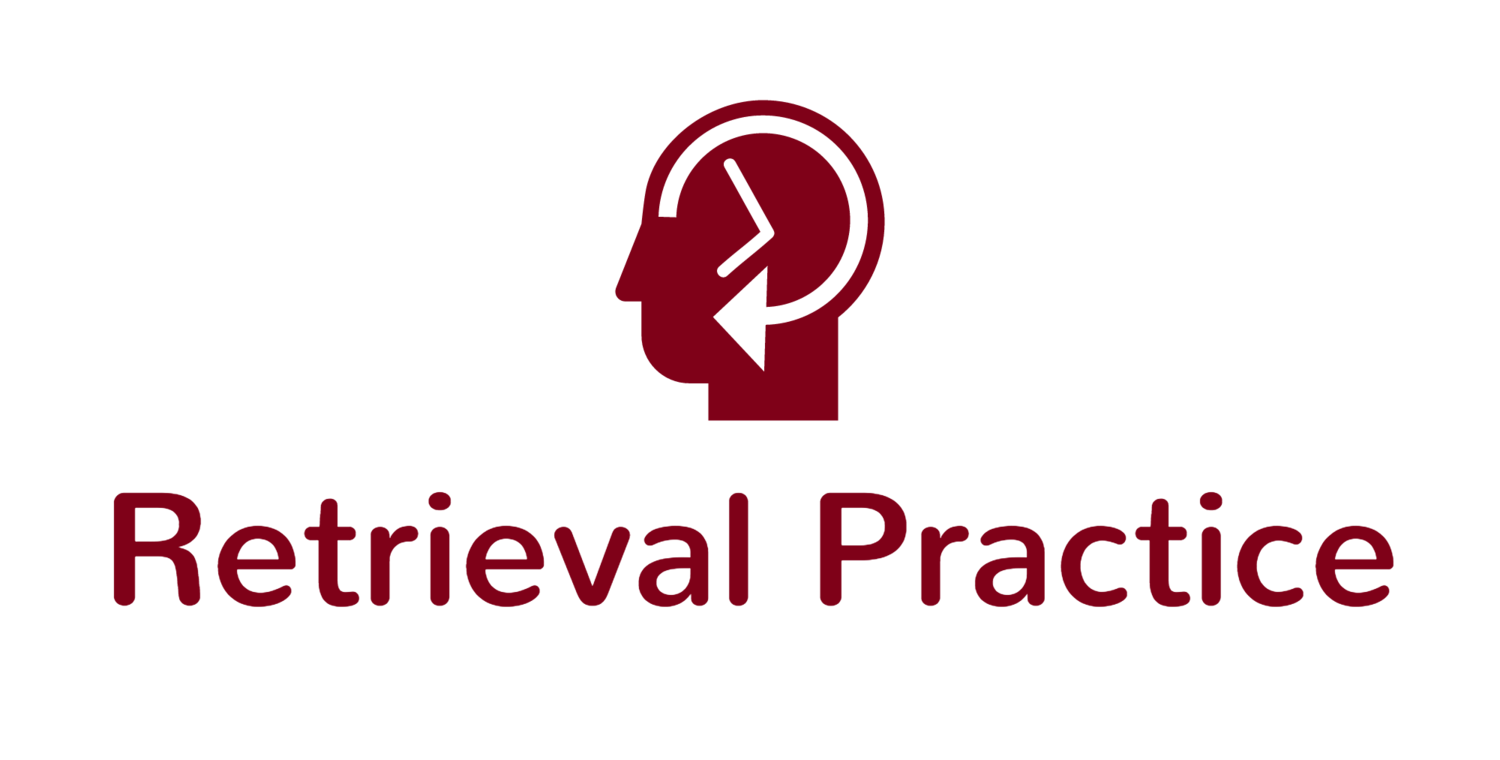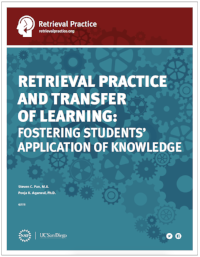How can we maximize students' learning with feedback?
/We know feedback is good for learning. But what's best?
Last week we released our new downloadable guide dedicated to students' application and transfer of knowledge.
In our new guide, we also feature research-based recommendations on feedback strategies. Why? Because transfer is most successful when retrieval practice is followed by feedback.
Read below for our quick feedback tips. Want the inside scoop on feedback, with more research and strategies? Download our guide on transfer, follow us on Twitter, and check us out on Facebook for even more.
A Powerful Combination:
Retrieval Practice + Feedback = Transfer
Erica, a technology and learning coordinator from New Jersey, recently asked us, "In order to maximize the benefits of quizzing for student learning, what kind of feedback should be given to the student?"
Perfect timing with our new guide on fostering students' transfer of knowledge, where we also feature why feedback is critical for transfer and how to get the biggest bang for your buck. Here's our primary recommendation:
Provide explanatory feedback. Feedback with explanations of the correct answer fosters transfer. Students don’t just learn whether they retrieved the answer correctly; they learn about the correct answer and why it's correct. Correct/incorrect feedback boosts learning (any feedback is better than none!), but explanatory feedback is even more powerful. Aim to give examples, too.
Download our new transfer guide and learn about how retrieval practice and feedback are more than just memorization or assessment – much more.
Feedback in the Classroom
We know that feedback dramatically increases the benefits of retrieval practice on learning. Feedback not only helps students strengthen the knowledge students already have; it also helps them fill in gaps in their knowledge.
But how can we make this happen in the classroom? Here are some strategies for elaborative feedback that are quick and don't require grading.
Turn and talk with brain dumps: Students discuss similarities and differences in their writing for only a minute or two
Make it three things: Have students write down "two things" about a previous topic, swap papers with a peer, and add one more thing
Think-pair-square: In a small spin on think-pair-share, have two pairs get together in a square for quick small group discussion
Tech tools: Our collaborator Matt Miller has a number of strategies for using technology to provide individualized feedback
Two more tips:
Engage all students in feedback to increase transfer. Alternate between retrieval and feedback to keep students on their toes.
Feedback doesn't equal grades. Keep feedback no-stakes and non-competitive. Emphasize to your students that retrieval practice and feedback are learning strategies, not assessment strategies.













